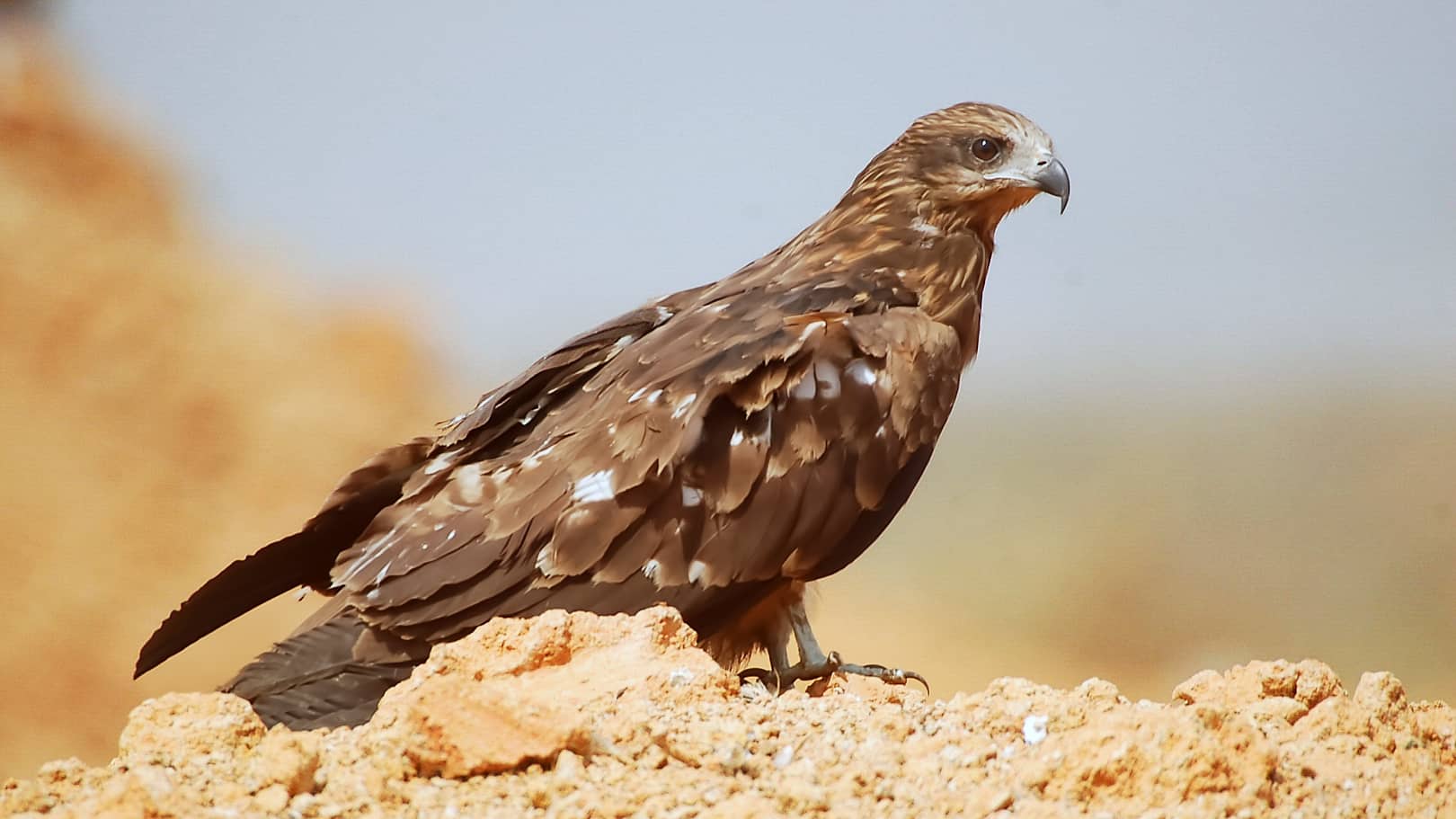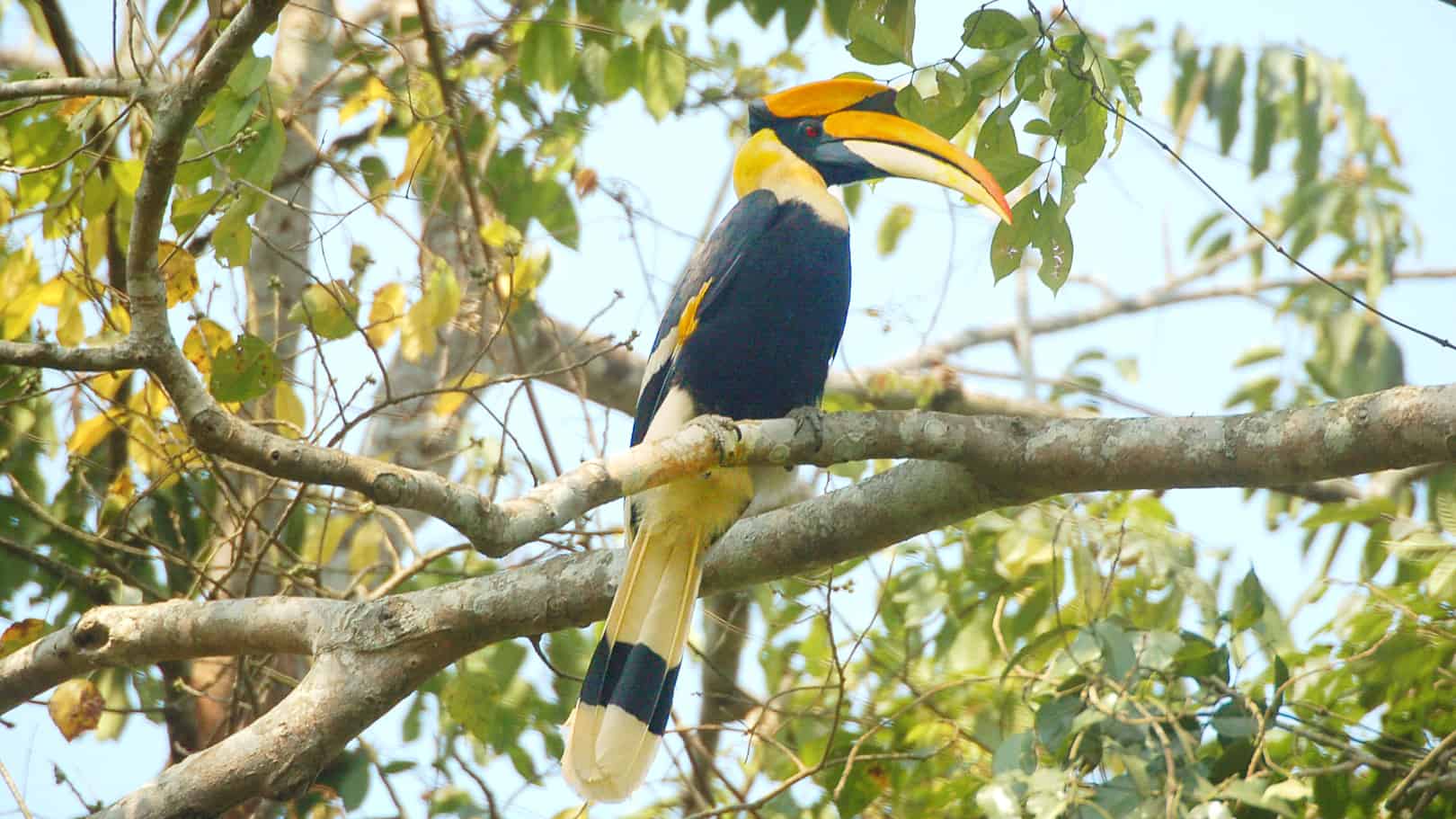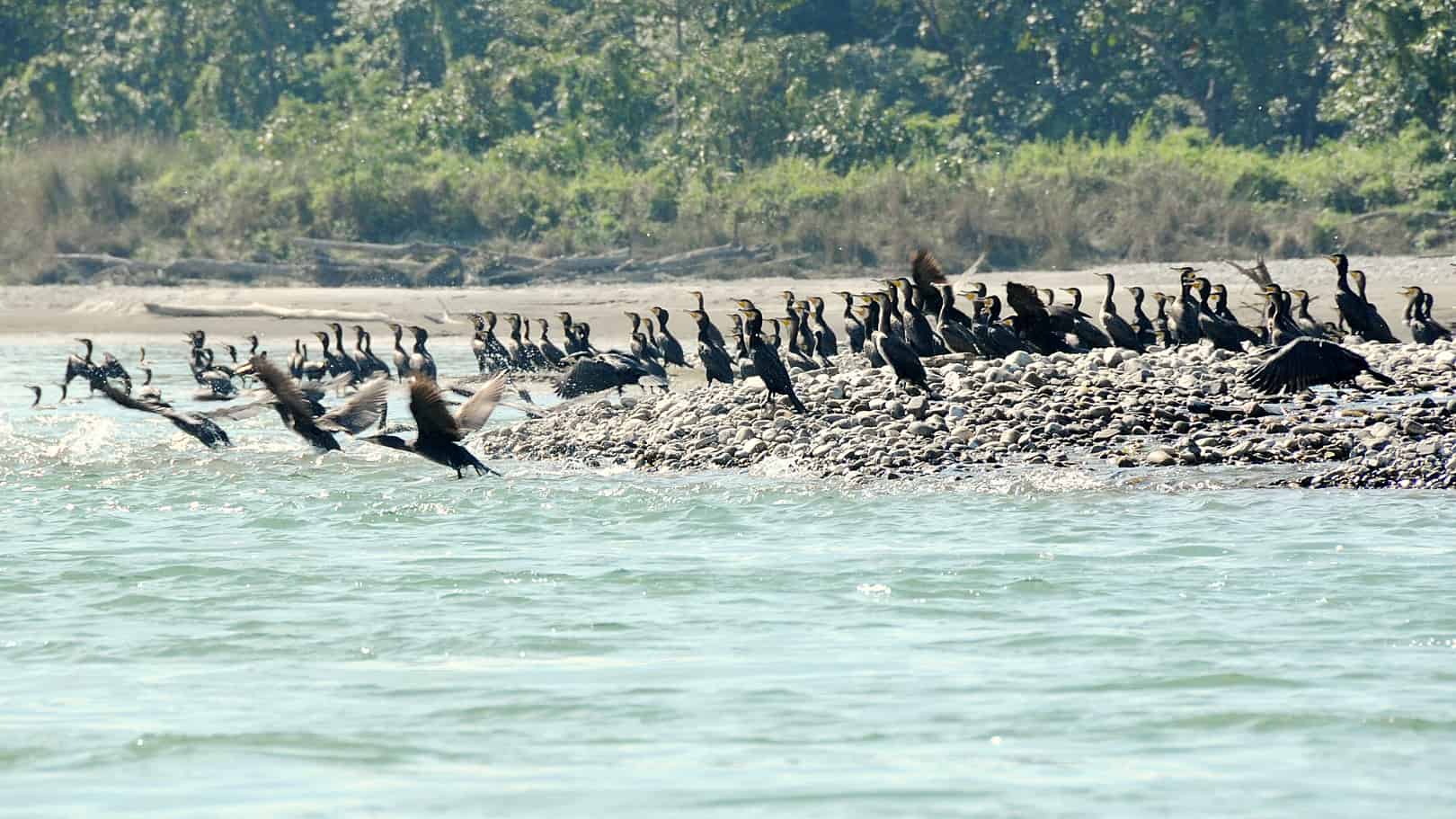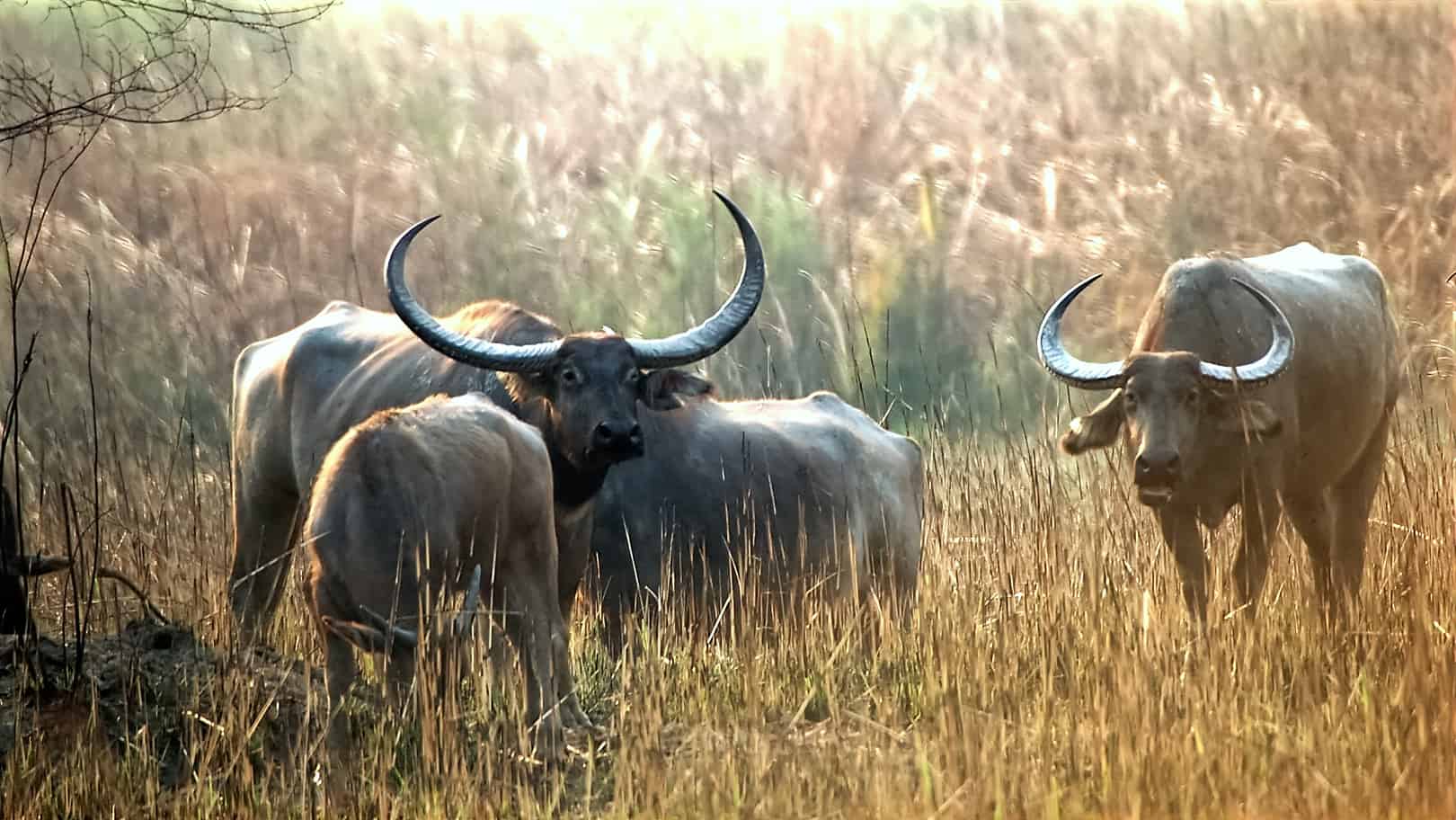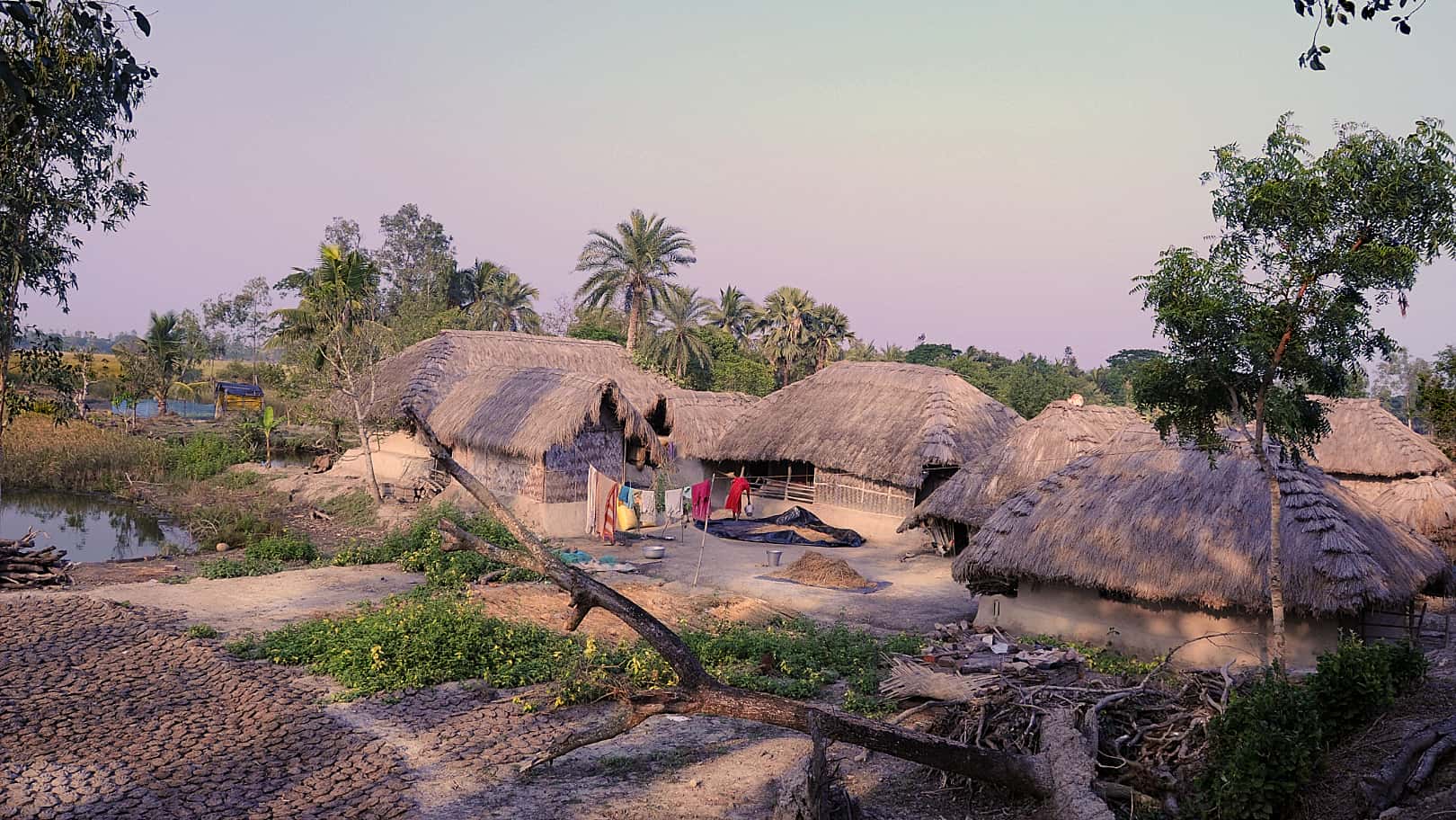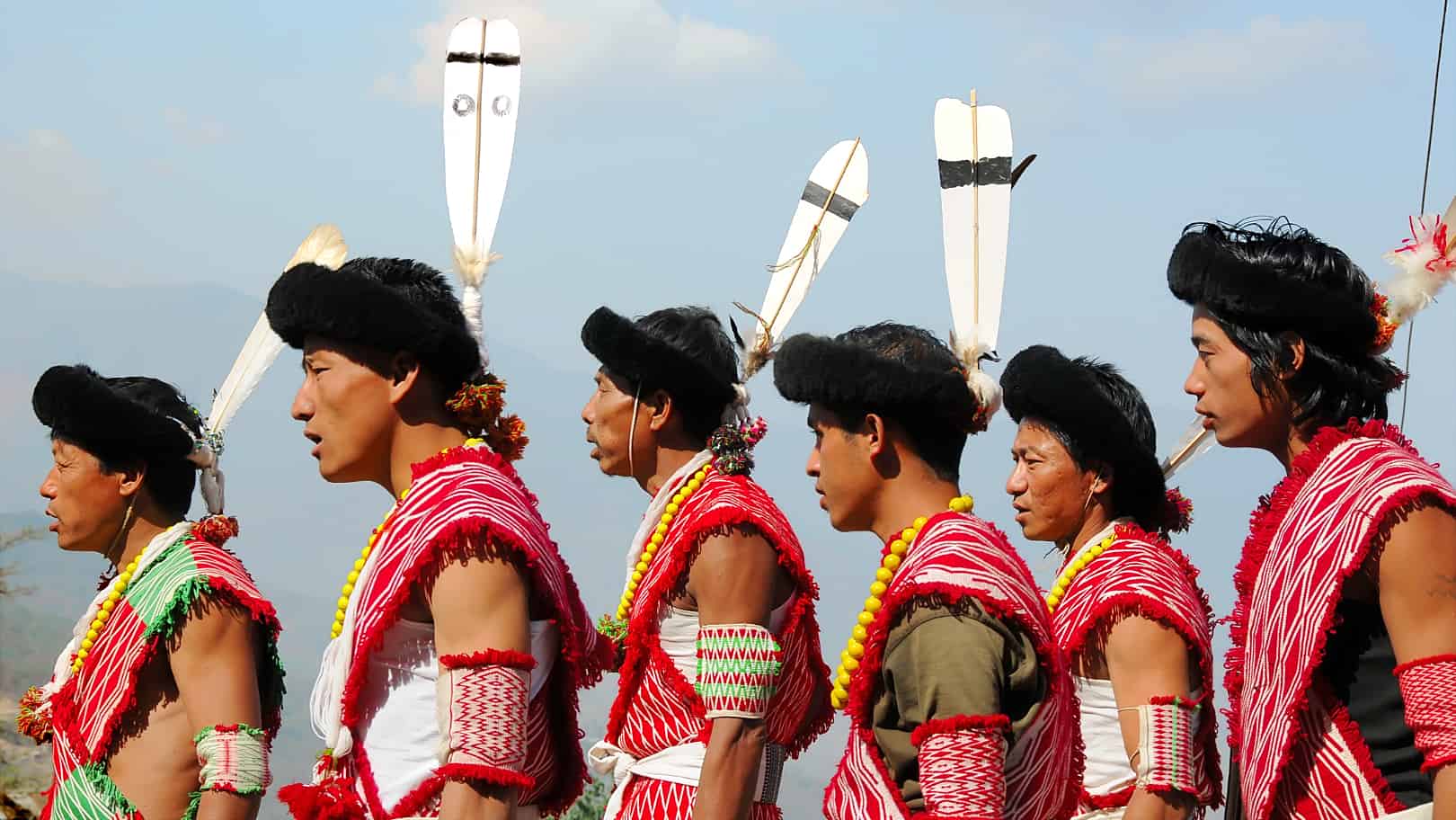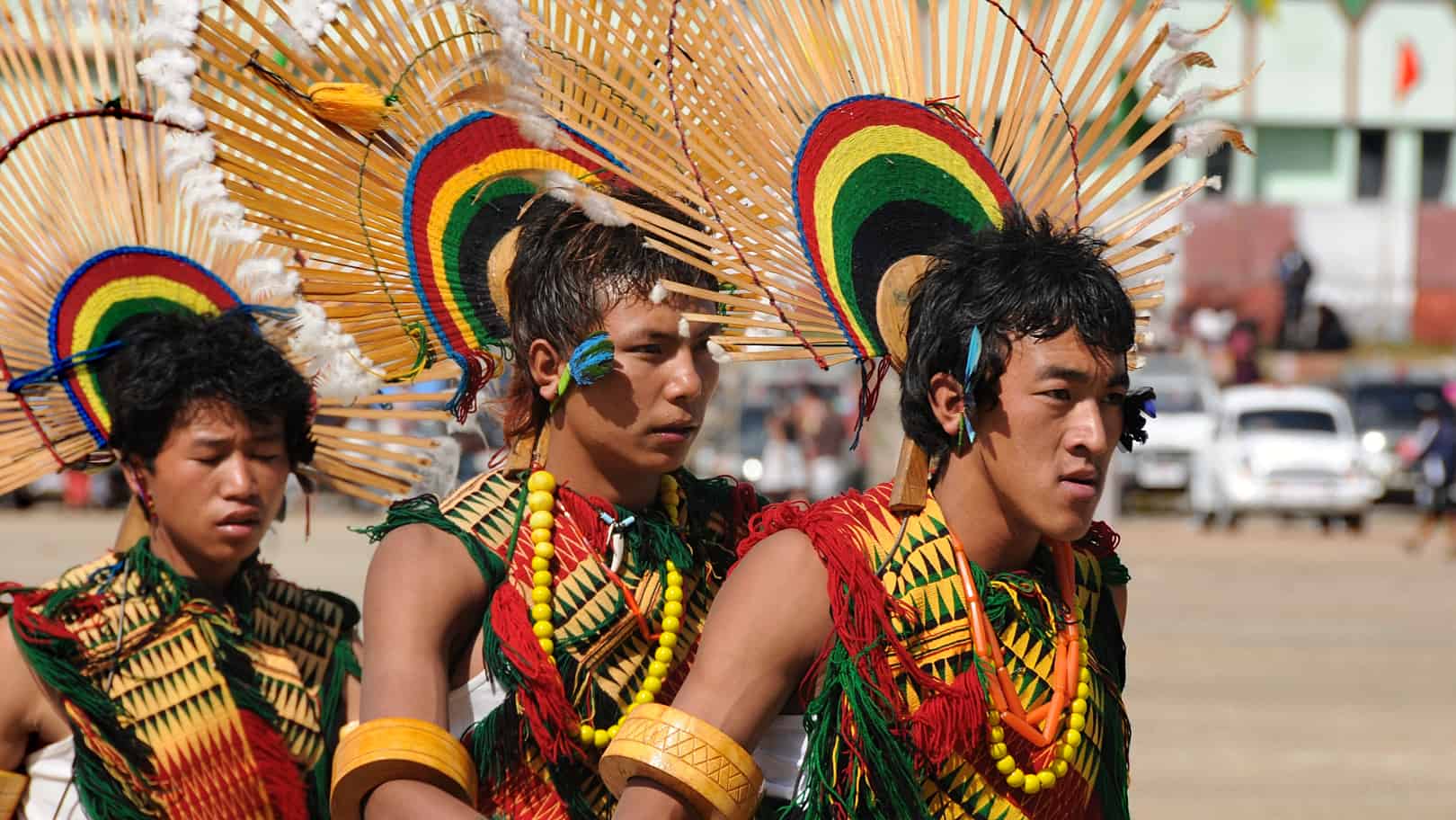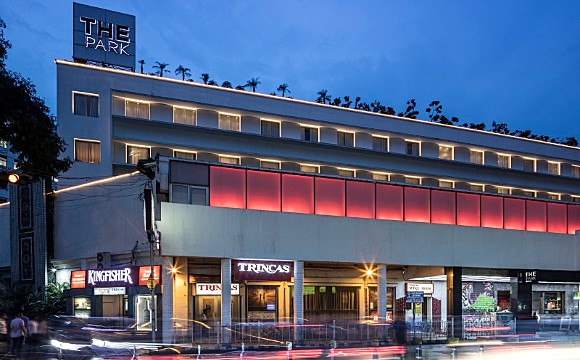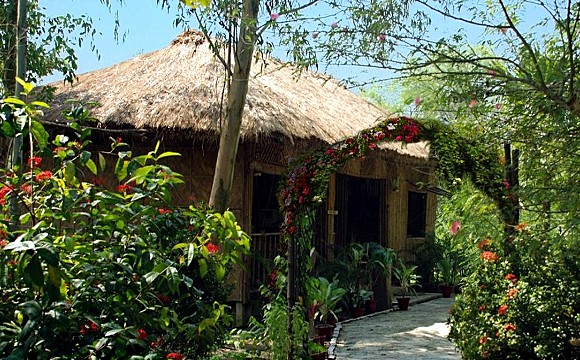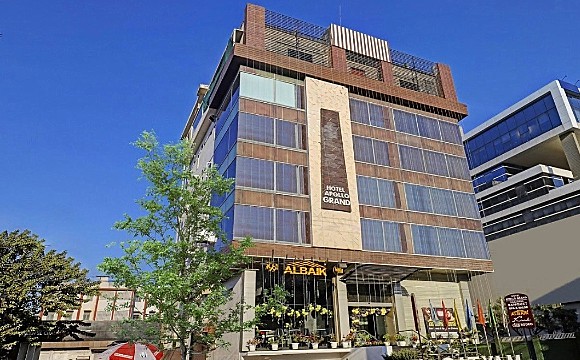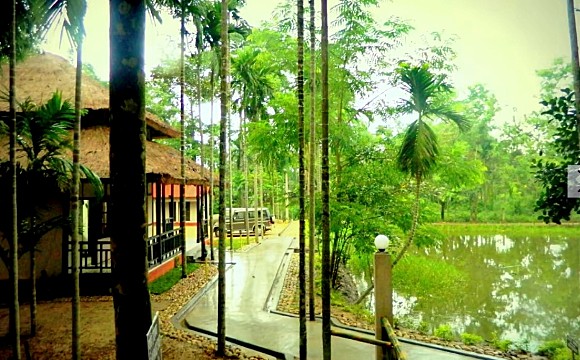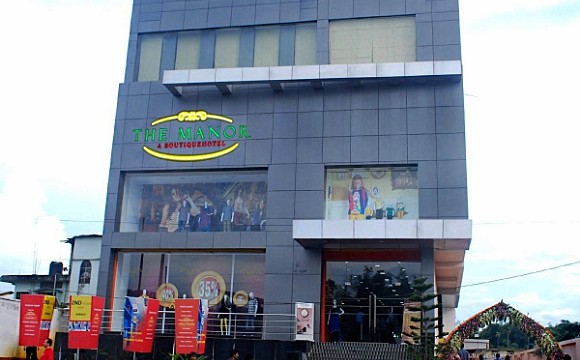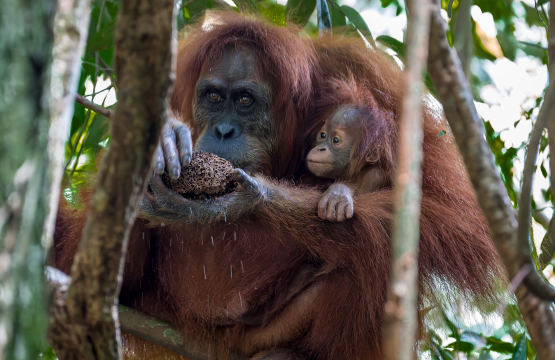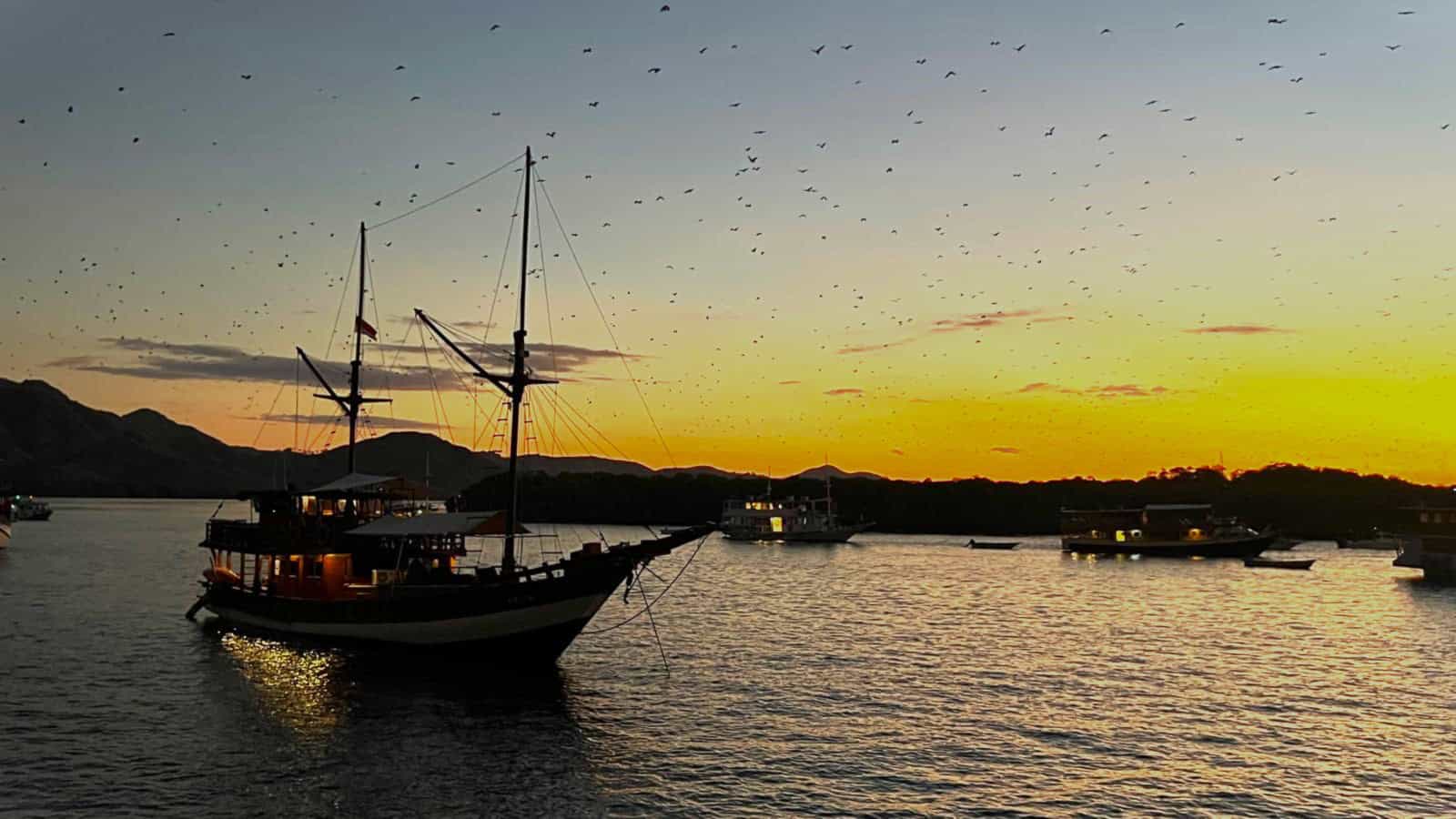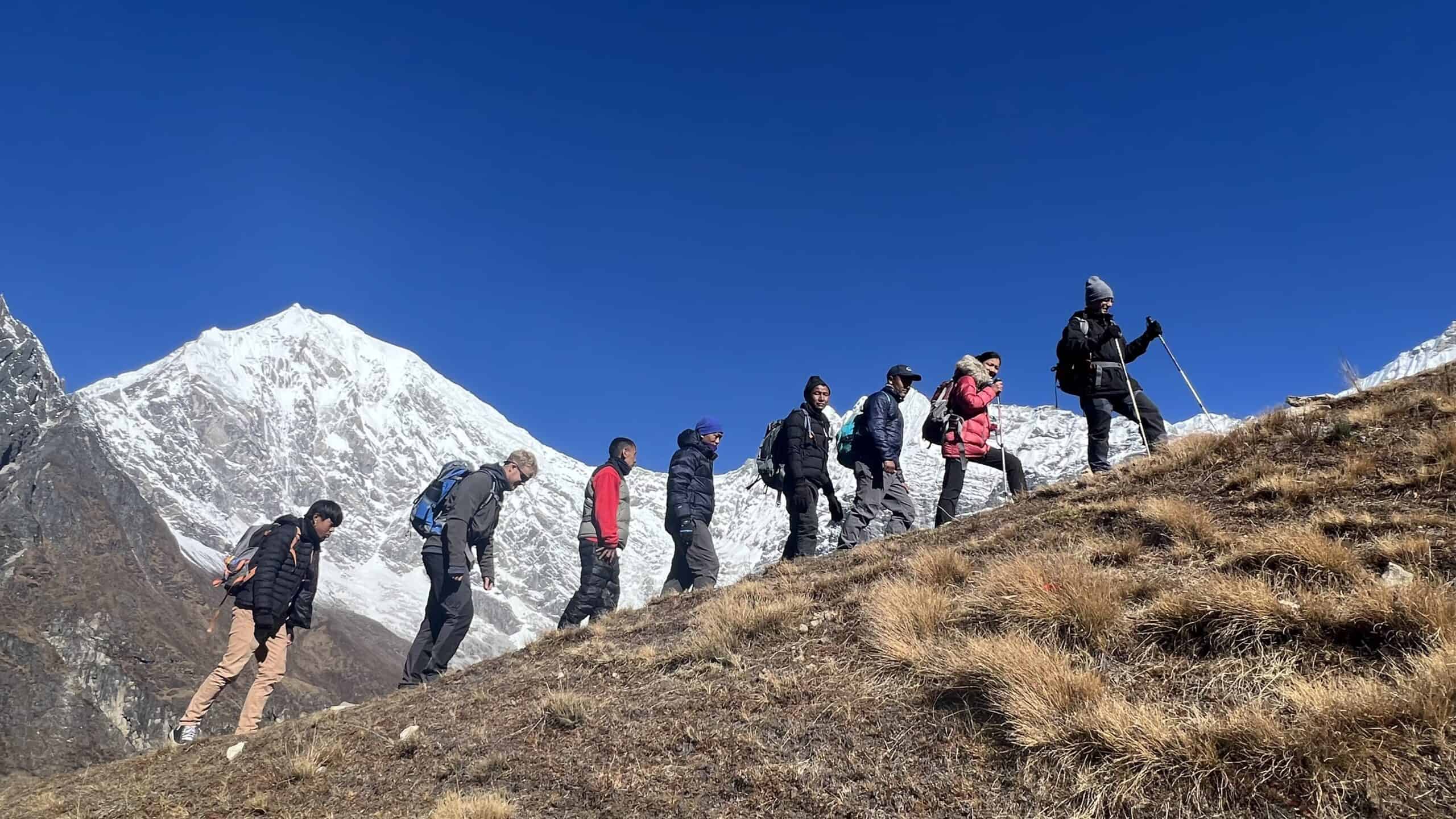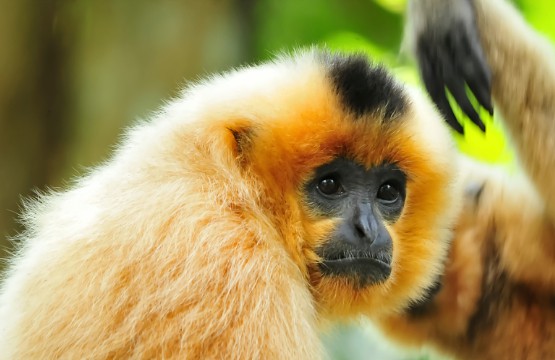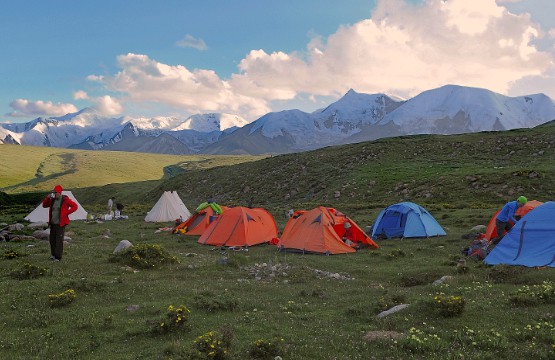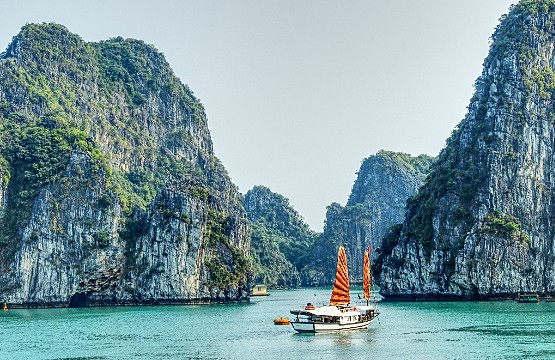Mysterious North-East India & Hornbill Festival
Northeast India is a largely unvisited region of India. The biodiversity of Northeast India is one of the most diverse in the world. This region is home to a multitude of Asia’s rarest and most secretive animal and bird species. Northeast India is home to indigenous hill tribes of a... More
Northeast India is a largely unvisited region of India. The biodiversity of Northeast India is one of the most diverse in the world. This region is home to a multitude of Asia’s rarest and most secretive animal and bird species. Northeast India is home to indigenous hill tribes of a very different cultural anthropology. The Naga tribes in particular, who are indigenous to both India and Burma, have largely preserved their cultural heritage and distinctive features to this day.
Only since 1994 have some areas been opened to foreigners. Since then, the still almost unknown Manas National Park has been open to tourists interested in nature & wildlife. This park borders Bhutan and is home to a fabulous fauna with a rich bird life as well as a variety of highly interesting mammals. On the one hand, this trip focuses on three great wilderness areas of India: the huge Sunderbans river delta, famous for its numerous tigers, the Kaziranga National Park-perhaps the greatest wildlife sanctuary in India, which is one of the last refuges of the One horned Rhinoceros and the magnificent water buffalo,- and the rarely visited Manas National Park, famous for some endemic species.
Besides, this trip also offers the opportunity to get to know the cultural sights of Calcutta (now Kolkata) and the million-strong metropolis of Assam-Gauhati-, as well as the local population living in these areas. Another highlight of this trip is the visit to the Hornbill Festival of the archaic headhunting tribes of Nagaland. This colourful festival is celebrated here in December, when thousands of Nagas gather and continue their ancient traditions with dances.
LessGiving back to the communities is our responsibility!
With every trip, you also support the SWAN and thus projects for Sustainable Community development and Biodiversity protection.
Our primary NGO partner is Social Welfare Association of Nepal (SWAN), with whom we have carried out multiple CSR (Corporate Social Responsibility) projects. Besides carrying out regular CSR activities in the areas of education and women empowerment, we have supported relief and rehabilitation initiatives in the aftermath of several natural disasters like earthquake, immediate response to COVID-19 pandemic across Nepal.
Giving something back to the world is a special and responsible affair of travel-to-nature Asia right from its inception. When you travel with travel-to-nature Asia and SWAN-Nepal, you become an integral force for change in addressing the most pressing social and wildlife conservation issues. Your tourism funds help transform the future of under-privileged and marginalized communities and transform the future of at-risk natural places you travel. Portion of our profit flows to local communities who live with and steward nature, creating jobs and improving livelihoods.
By joining one of our holidays you are playing a vital role in bringing positive changes in the lives of local community.
